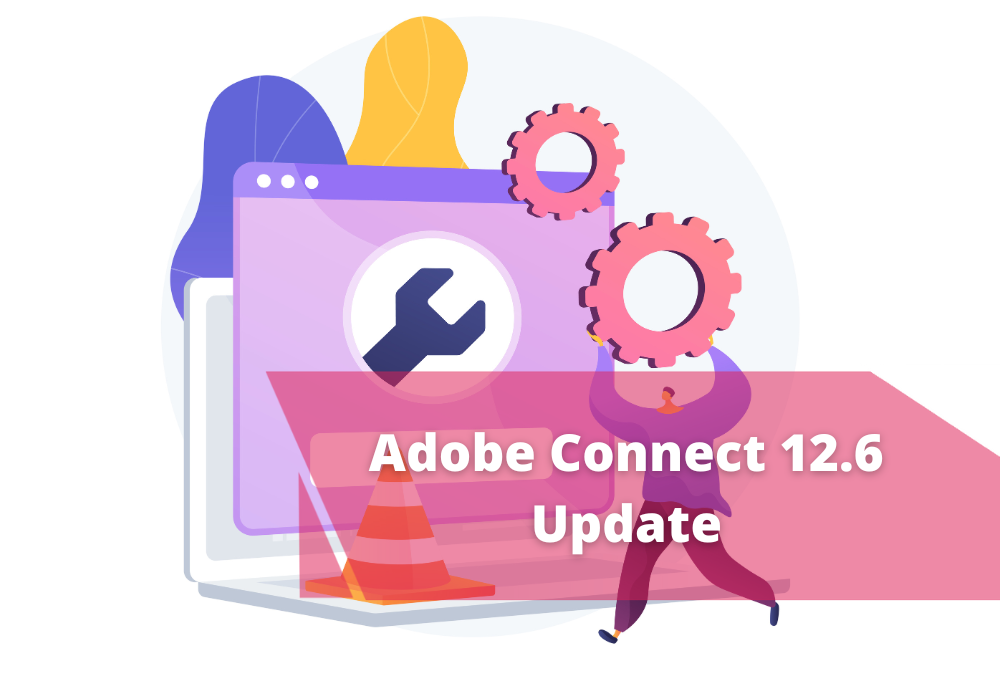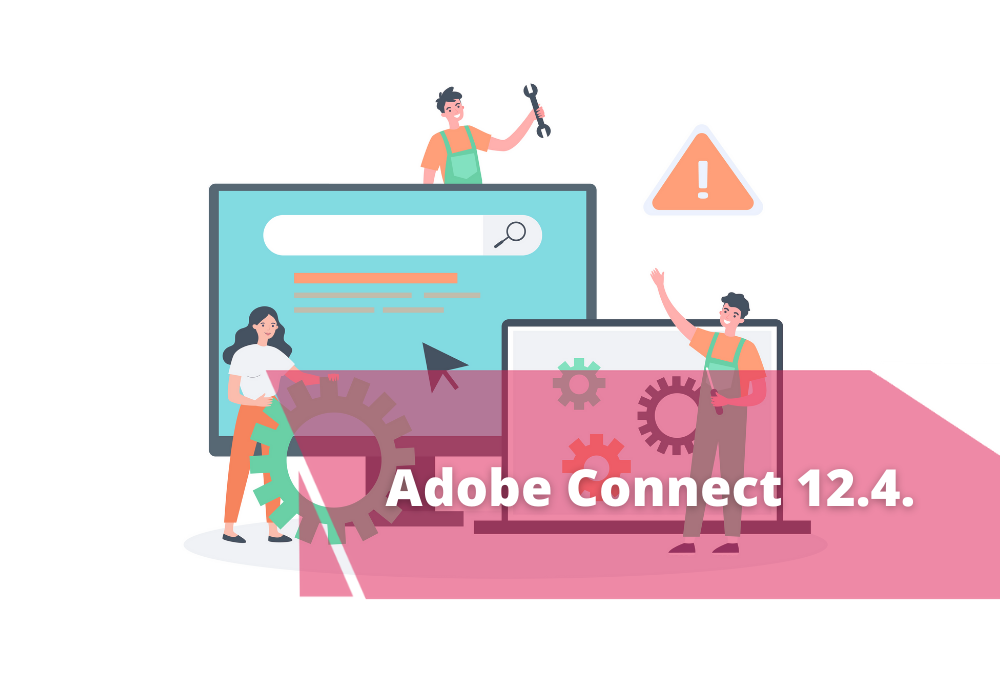New perspectives
The COVID-19 pandemic has made us change some of our most basic, daily tasks in order to continue to function as a society. Jobs that normally were done in person are now being done online; we avoid the crowding of supermarkets and restaurants for the safety of delivery and homemade cooking, and face-to-face conversations have been transferred to our phones and computers.
Education is the one thing that the COVID-19 pandemic has permanently changed. Primary and secondary students alike have forgone live classes for videoconferencing and emailing. And advanced online schooling, once considered a niche area, is now becoming a much more appealing option for university and post-graduate students around the world.
Online education is mostly practiced by those who:
- need flexibility in their work
- are looking to continue their current jobs
- have families and children
- want an internationally recognized degree without having to relocate
Positive sides of online learning
Collaboration and community are important parts of the learning process. A solid, defined community within an online course gives students access to:
Well defined opportunities to work with other students, and experiment with different projects
Meaningful improvements in collaboration skills, especially in the context of an international cohort and using online tools
The ability to have personal discussions with teachers, in order to better understand and explore subjects
Interaction with other students and ideas on how to juggle timetables with work and family, searching for career opportunities, and progress support throughout the course.
Other positive sides on online education are:
It provides high-quality content while remaining cheaper. High-quality online content is able to maintain the most impactful elements of in-person courses and offer them in its online instruction. Quality content utilizes state-of-the-art tools and techniques to create unique material specific to online learners. A personal program costs much more than its online equivalent.
Online learning is more approachable. Indeed, you have the opportunity to learn at (almost) any time you want, at your own pace and anywhere you want.
Distance education can improve your career opportunities. Even while working full-time, you can sign up and complete an online program that can further your career opportunities.
Online learning can improve your technical skills – To attend an online course, you need to have some technical pre-knowledge because you have to navigate in different computer programs. The computer skills you learn to finish your online course help you in all your future journey.
Negative sides of online learning
Although the concept of online schooling is the first choice for many, it's a fact that has negative sides as well.
Some online courses can be lonely. For example, some of them don’t provide the same level of interaction as in-person courses would. Interaction is usually not a real-time process. Unless constant communication is enabled, questions for the teacher must be submitted online, with answers typically received after the course.
Online education requires more work – Since schools that offer online courses know they cannot follow their students effectively, they assign more tasks and assignments. This can be a big challenge for students that work full-time.
Access to useful materials and support can be harder. Sometimes can be a problem to access content since all of the material is uploaded onto a single server for the student’s open access.
Online education requires proactiveness – When you are in a classroom, you need to follow rules and regulations. Without a defined class schedule, it can be easy to lose focus and not devote the necessary time to course work.
Although there are online schools that are able to address these issues, it’s important to detailly review an online program’s content to decide whether or not it’s at risk of these downfalls.
 en
en  sv
sv no
no fi
fi da
da















